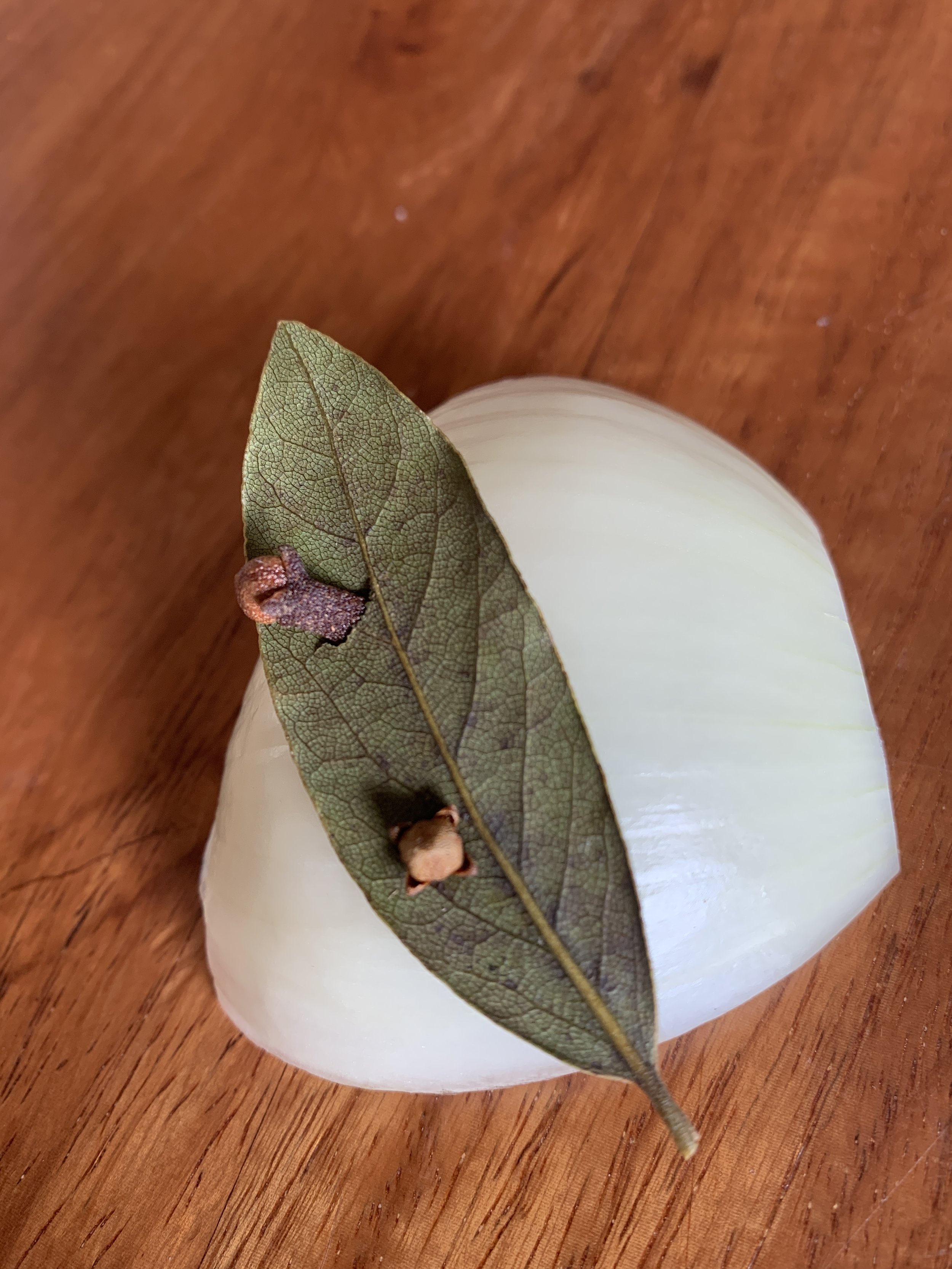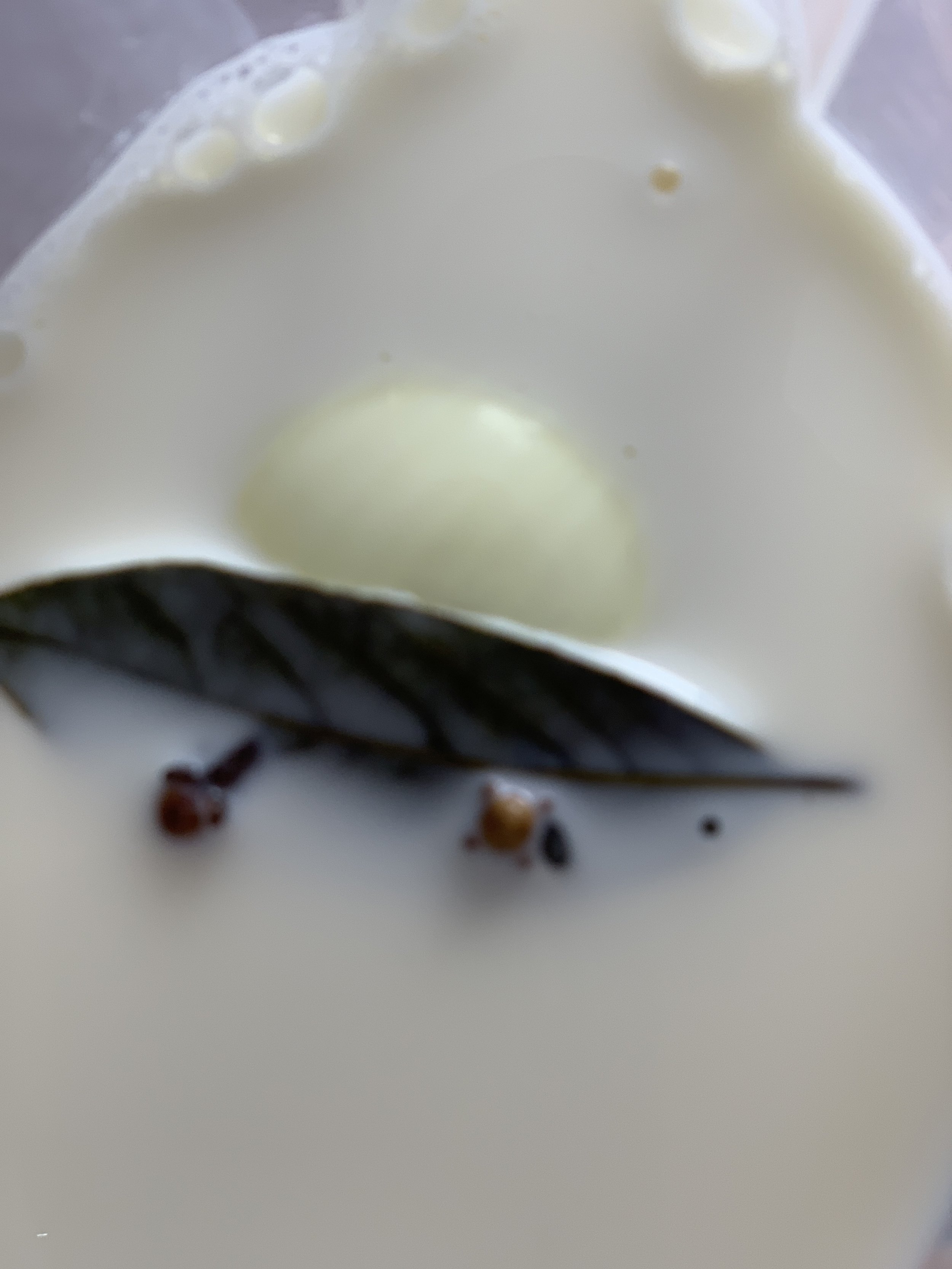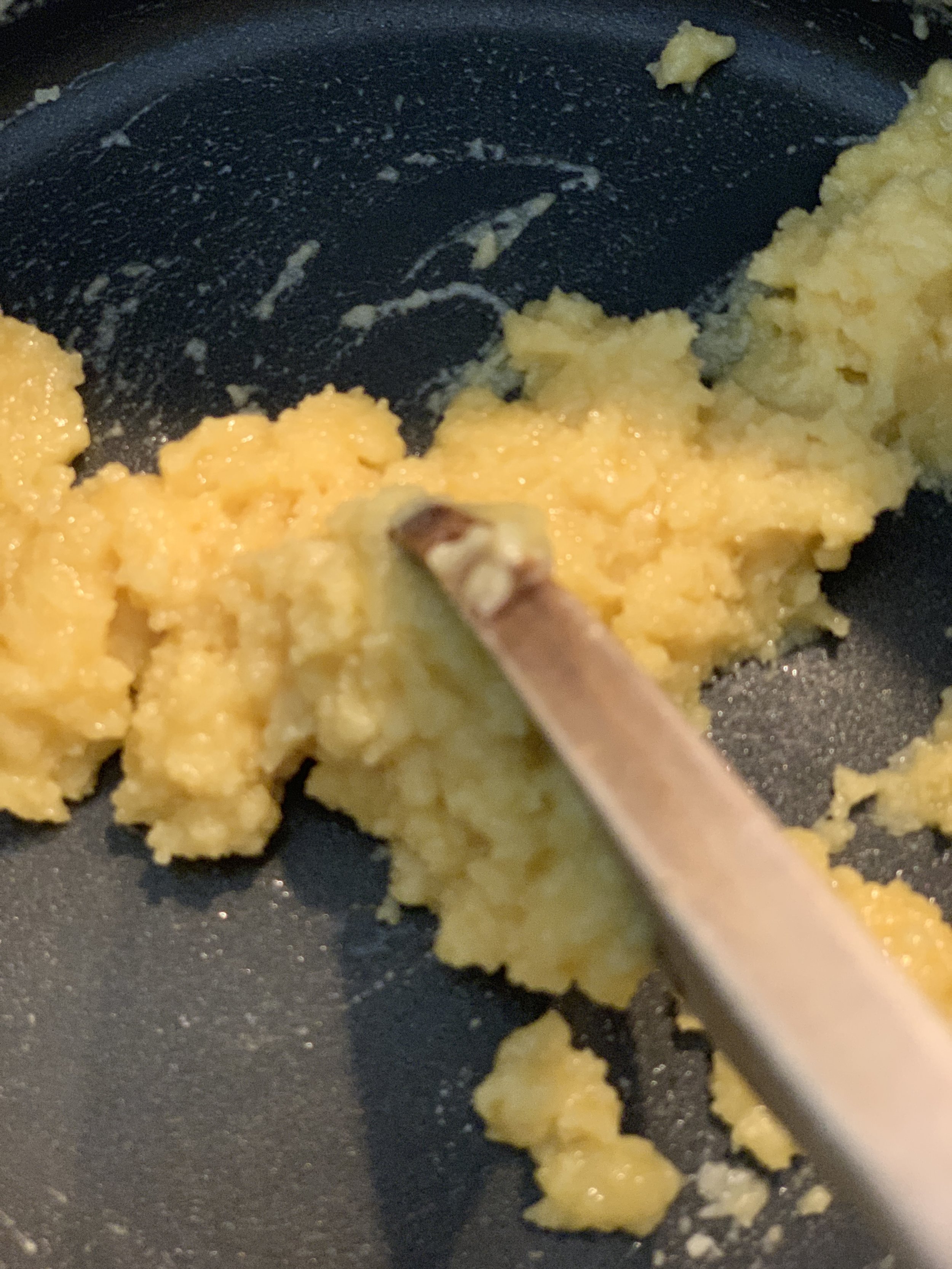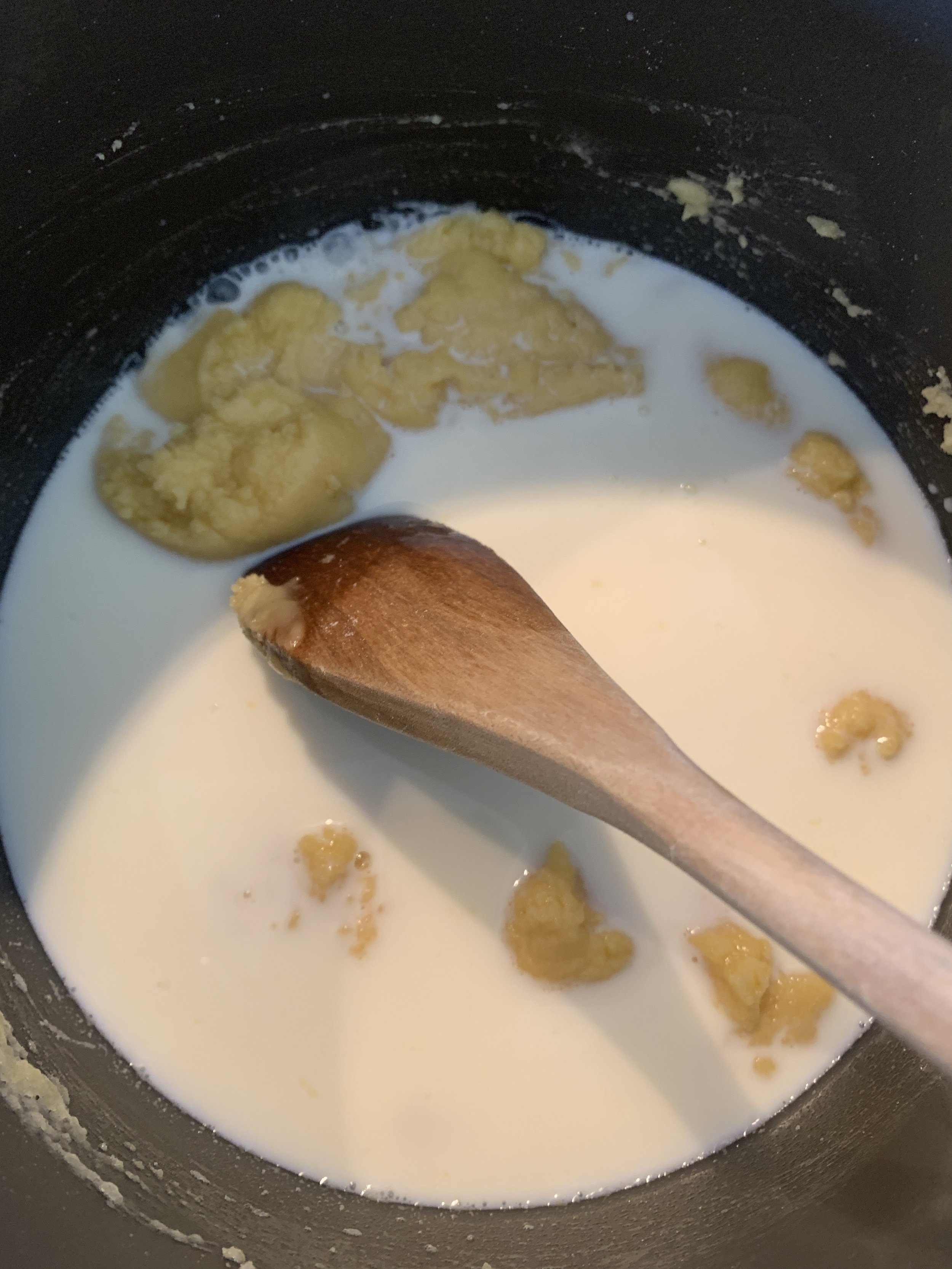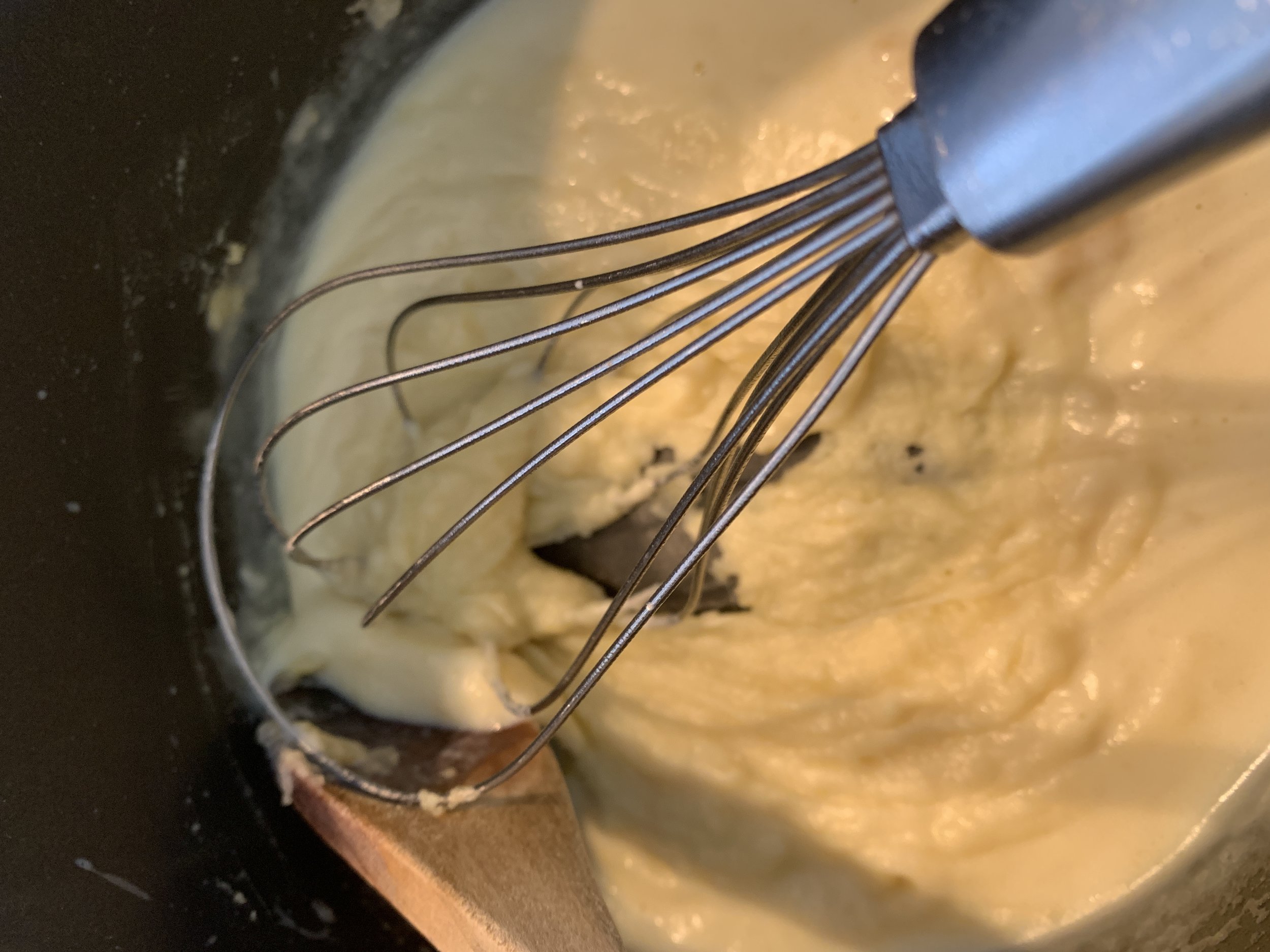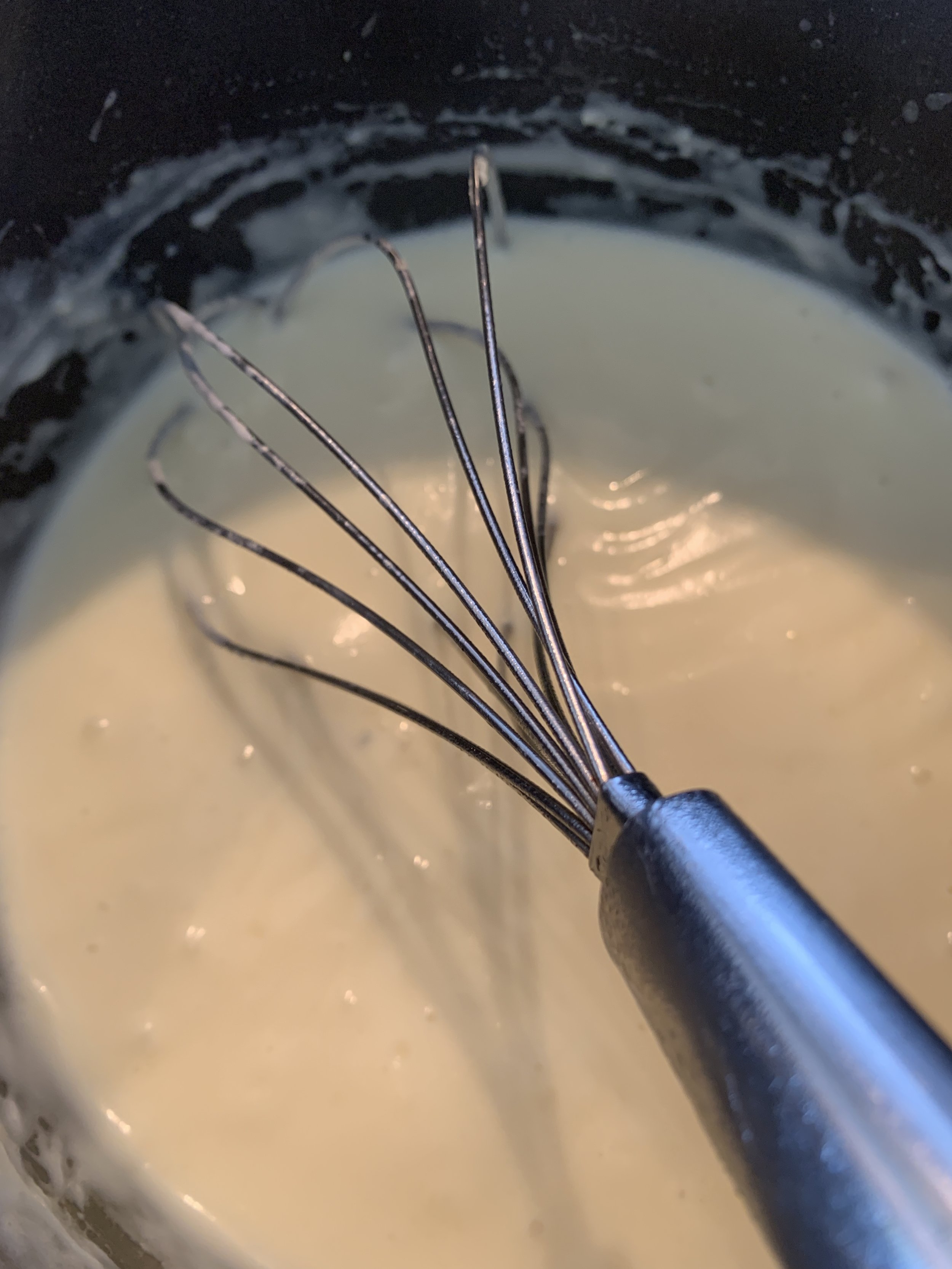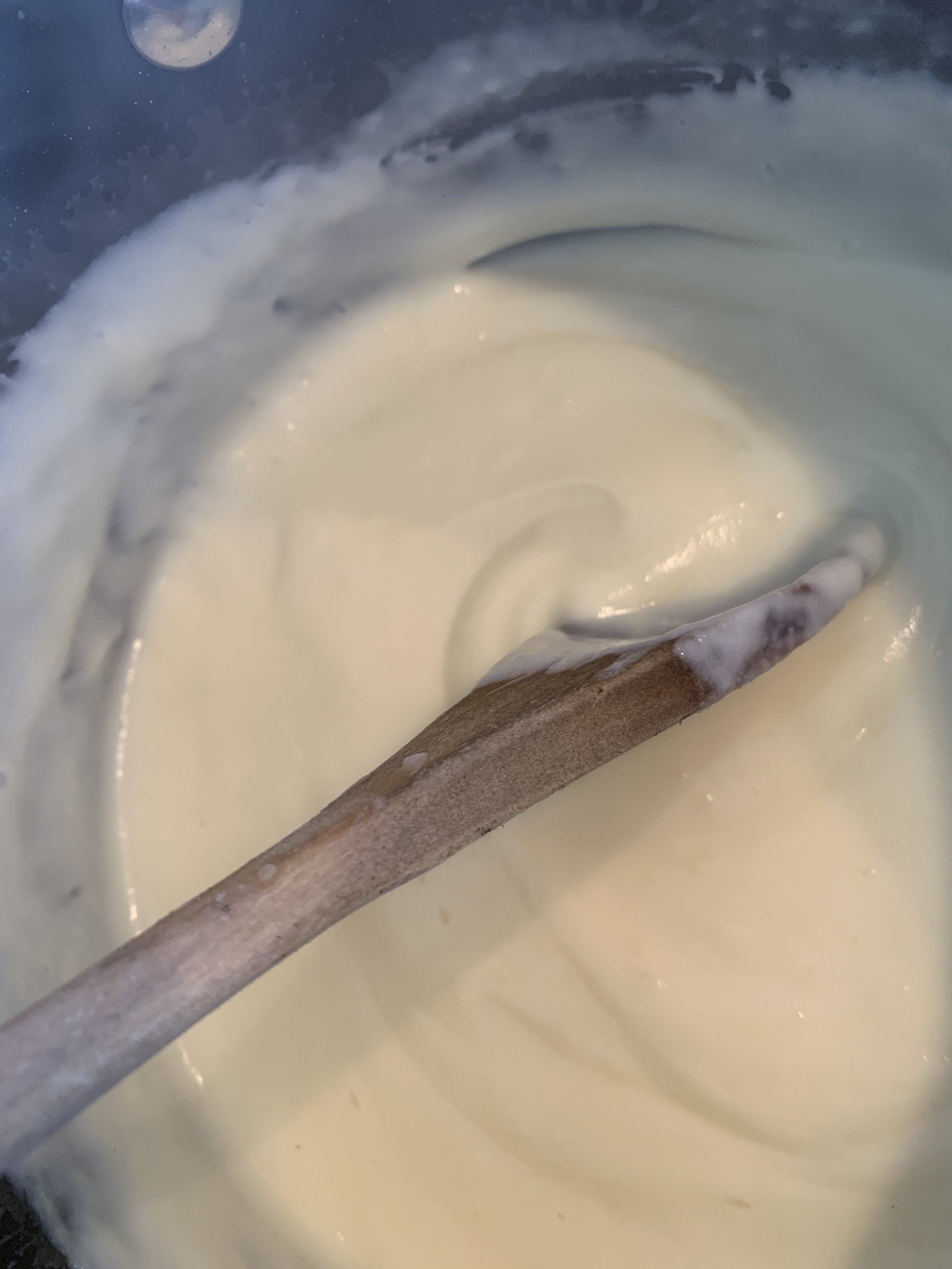Such a versatile Mother sauce
As a chef, the mother sauces are a go to throughout our career . An essence of so many dishes and ones we must master. Béchamel, veloute, espagnole, hollandaise and tomato are the five mother sauces. As you can see the base of so many dishes, no wonder we have to master and get bloody well right. So quick run down of what these sauces are. Béchamel is a white sauce, think Sunday roast and the cauliflower mornay. Veloute, commonly used for chicken and seafood, is made like béchamel but way lighter as stock is used instead of dairy, think one mean chicken gravy. Espagnole, as fancy as it sounds is a gravy. Yes, made from scratch, don’t think no packet here. Hollandaise is the beautiful buttery sauce you find on eggs Benedict. And last of all tomato, well what can I say. Well it doesn’t come in a bottle, unless your thinking a Italian yearly tradition to harvest there crop and make tomato sauce for the rest of the year. Just love family cooking traditions. The uses for a good tomato sauce are beyond endless. I’ll let you imagination go wild on this one.
So the 5 mother sauces of French Cusine were recorded by Escoffier, the God of chefs if you will, in the early 20th century. Carved in stone as they say, base master sauces not to be messed with.
No packet, no bottle, no jar, just a whole lot of love, squeezed with a twist of knowledge and fished with a sprinkle of passion.
But one, in my option can be made, yes with the exact ingredients required but a couple of my little short cuts. One quickie sauce to knock up. The mother sauce, béchamel.
Classically one makes a roux in one pot, a paste of butter and plain flour and in a separate pot warms the milk with what’s called a studded onion. Peeled onion with a bay leave attached studded by whole cloves. Now this is all very good and not hard but in my opinion to many pots to wash already. So here goes my version, my recipe, well not really, but my method. Nice and easy.
The bases for the béchamel sauce is so easy to remember. Say you want ½ a litre. Then it’s 500 ml milk to 50g butter and equal quantity of plain flour, 50 g. You want two litres, it’s 2 litres milk to 200g butter and yep you guessed it, 200g plain flour. That’s a hell of a lot of béchamel though and very much doubt unless you are opening a restaurant in the back yard you will never need more than 1 litre. For ½ a litre as the photos show, I’ve used 1/2 an onion, making more, use more onion. For the one pot version, a good idea is to pop the onion in the milk way earlier than you plan to make the sauce, let it infuse. So there the ingredients so let’s hit the method.
In a saucepan, yes only one, melt the butter then add the plain flour, cook this out for about 30 seconds on a medium heat. You don’t want the butter to colour in any way, if by chance is dose start again. Now this is what is know as a roux, a base thickening agent. Now adding the milk, removing the studded onion first. It is supposed to be added slowly but I go half, mix till no lumps and then the other half. First timer, maybe go a bit slowly with the milk, just stir and cook till combined then add some more milk. They main keys here though are to so stir like crazy. I use a whisk, a lot of elbow grease and a wooden spoon. The spoon is essential for getting into the corners of the pot, if you don’t it will thicken quicker, catch and burn. Ok, when all the milk is added cook and stir till all the lumps are out, got lumps don’t stress, just strain it. Now bring the sauce to a gentle boil. It should now creamy and glossy. This means all the roux is cooked out and sauce won’t be floury. Season with salt and ground white pepper, just take into account what the sauce is for. So for example spinach and feta crepe filling, you wont need a lot of salt, feta is salty.
And that’s pretty much it, now you have like a blank canvas, let’s play.
So, my go to béchamel uses well of course, cauliflower mornay or any mornay for that matter. One of my all time Spanish tapas dishes, baked egg plant, recipe will be blogged soon, so good. Also, in lasagne, moussaka, macaroni cheese, crepe fillings, white parsley sauce (adding more milk to the original recipe though, not keen on thick sauces) and once again the list goes on.
I do highly recommend mastering all of the mother sauces and let them take you to the classic and beyond journey of culinary delights. Enjoy.
Eggplant and béchamel are amazing friends.
